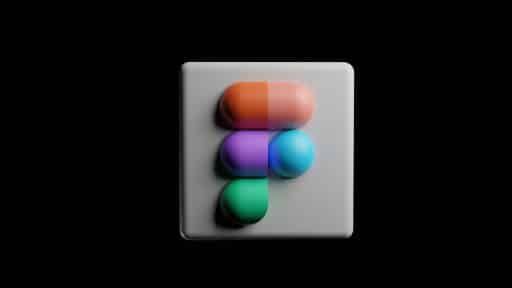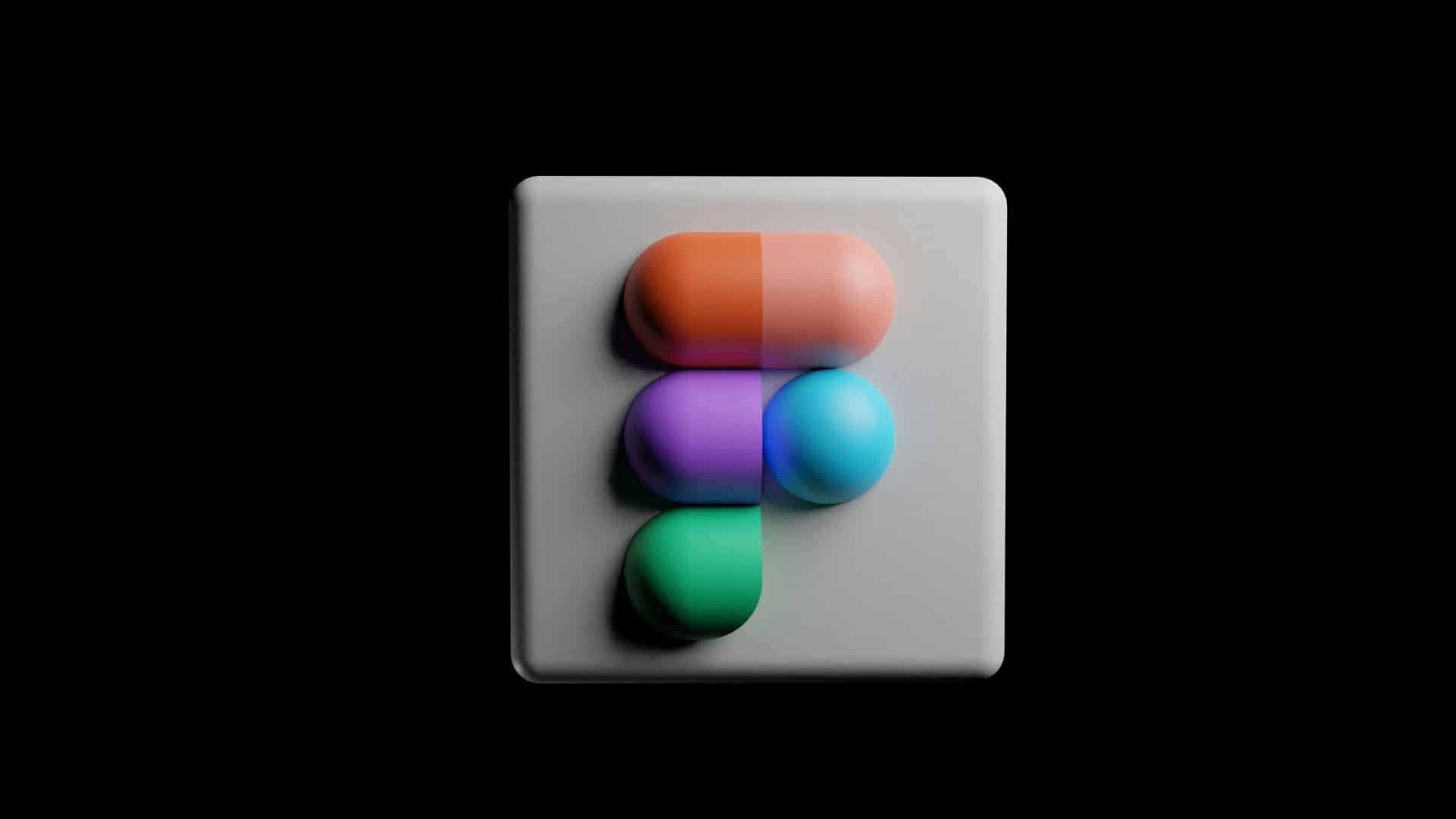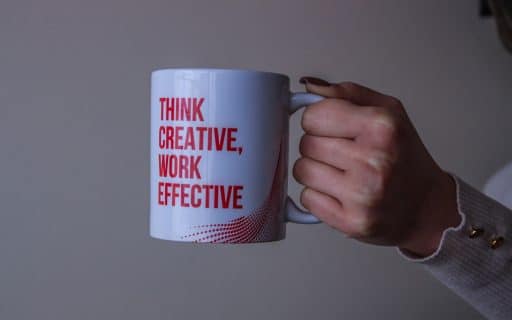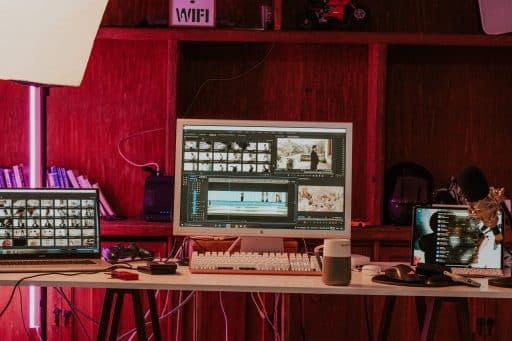Unleashing Creativity with Figma
Introduction to Figma Design System
Alright folks, let’s talk Figma – our secret weapon for design awesomeness. This toolkit isn’t just another face in the crowd. It’s our go-to for whipping up jaw-dropping designs. Figma’s interface is as friendly as your favourite barista and twice as helpful. Plus, the collaborative feature means everyone and their dog (okay, maybe not the dog) can pitch in and contribute like a pro.
What makes Figma feel so magical, you ask? Well, it lets us keep our style game strong across projects. Thanks to snazzy reusable bits and bobs, we can spend more time dreaming up cool stuff instead of being stuck in rinse-and-repeat mode. If you’re new to this playground, swing by our figma tutorial for beginners to get set up for some design action.
How Figma Transforms Designs
Figma’s like that turbo button on your remote, but for design – turning brainwaves into interactive masterpieces in record time. Whether we’re brainstorming from our couch or working from a hammock in Bali, Figma’s real-time features keep us in the zone, making design a team sport rather than a solo gig.
We get to play around with a mix of jazzy layouts, snazzy text options, and rocking colour combos. Check out some of the stellar tricks Figma has up its sleeve:
| What It Does | The Magic It Works |
|---|---|
| Real-time editing | Craft together, no matter where you are |
| Cloudy access | Work flexibly from just about anywhere |
| Component goodness | Updates ripple across all designs |
| Prototyping powers | Build cool mock-ups, pronto |
Figma doesn’t just slide into the design spotlight – it practically pirouettes. All this power and practicality means we can amp up our work, delivering pieces that hit home with our audience.
From clickable apps to sleek mobile screens, we’re living our best design life with Figma. Its feature-rich playground lets us try out wild ideas while keeping things efficient. So whether we’re sprucing up figma web design templates or crafting something unique, Figma’s always got our back in the creative hustle.
Benefits of Using Figma
When we hop onto the Figma bandwagon, it’s like getting a golden ticket to a smoother design journey. The two big wins here? A crew-friendly workflow, and the magic of easy-peasy integration.
Collaborative Workflow
Figma’s sweet spot is all about team spirit. It lets all of us doodle away together in the same sandbox. No more passing files around like hot potatoes or waiting forever to see changes. Nope, we can tweak, chat, and spin ideas on the fly, all while feeling like a seamless unit.
Check this out for a quick peek at how different tools stack up on teamwork:
| Feature | Figma | Other Tools |
|---|---|---|
| Real-time collaboration | ✔️ Yup, happens live | ❌ Not so much |
| Commenting and feedback | ✔️ Built right in | ❌ Often needs extra apps |
| Version control | ✔️ Auto-pilot | ❌ Manual slog |
| Cloud-based access | ✔️ All in the cloud | ❌ Might demand downloads |
With Figma, it’s a breeze to say, “Hey, wanna join in?” to teammates or even the big bosses. They can peek or remix stuff at will. For anyone itching to sharpen their mojo, give our Figma starter guide a whirl.
Seamless Integration
Figma isn’t just a one-trick pony; it plays well with others. Hook it up with your favourite project juggling apps, prototyping pals, or user testing platforms. It’s like having all your snacks in one basket — no jumping around needed.
Here’s a quick look at some of the pals Figma tags along with:
| Integration Tool | What it Does |
|---|---|
| Slack | Blast out designs, catch snappy replies |
| Trello | Keep tabs on tasks, watch progress |
| Airtable | Tidy up your project files and guides |
| Jira | Marry design with coding tasks |
Using these partnerships wisely can shave off precious hours and put some pep in our step. Ideal for budding designers looking to jazz up their workflow with Figma’s toolkit. Want to dive deeper into the friendly rivalry between platforms? We’re curious cats too; jump over to Figma vs. Sketch and take a look at Figma web design templates.
Mastering Figma Features
Figma’s got our backs with a bunch of tools that really jazz up our designing game. It’s like having a magic wand—minus the Hogwarts vibe but with all the visuals. Let’s have a chinwag about two cool aspects: artboards and frames, then components and styles.
Artboards and Frames
Think of artboards and frames as the backbone of Figma. They help us lay everything out just right, kind of like a neat-o workstation where we line up our creative ideas for different screens and bits.
| Feature | What’s the Deal? |
|---|---|
| Artboards | Artboards are like mini-stages for different scenes: mobile, tablet, desktop—you name it. They’re where we test drive our designs across different gadgets, making sure everything looks ace no matter the device. |
| Frames | Frames are like nifty pockets for holding all our cool stuff—shapes, text, or images. They’re like the Swiss army knife of design helping us piece together layouts, organize our elements, and make sure everything plays nice when the screen size changes. |
Using artboards and frames means we aren’t hitting a snag when keeping things organized and consistent. Beginner in Figma? Check out our figma tutorial for beginners to get the hang of it without the sweat.
Components and Styles
These are our secret weapons for a polished, steady look. Components and styles tidy up our work, making sure it’s not just a bunch of pretty faces but a solid, consistent design throughout our projects.
| Feature | What’s the Deal? |
|---|---|
| Components | Think of components as the gift that keeps on giving. Buttons, icons—you make it once, change it once, and boom, everything updates everywhere. No more endless tweaking or mixing up looks! |
| Styles | Styles are like our fashion guru—they nip and tuck text size, colours, effects, and help pin down that slick, unified look that sticks to brand guidelines. Changing styles is like waving a magic wand—makes life way easier. |
Get your heads around components and styles, and you’ll see your workflow zip along while keeping things looking top notch. Want a peek at how Figma stacks up to others? Dive into our piece on figma vs sketch for some savvy comparisons.
We’ve also got a vault of figma web design templates to supercharge your creative process and spice up your designs.
Enhancing Design Efficiency
Prototyping Capabilities
A cool feature in our Figma design system is its knack for prototyping. It’s like having a crystal ball for our designs! We whip up interactive prototypes that are just like the final product, letting us test and tweak our ideas based on real-time feedback. No more guesswork, just straight-up designing magic!
With Figma, linking frames, adding flashy transitions, and setting up interactions is a breeze—all within the app. No extra tools, no extra hassle. This not only boosts our speed but also lets us refine the design easily before it goes live. Here are the MVPs of our prototyping toolbox:
| Feature | What’s It Do? |
|---|---|
| Interactive Links | Connect frames to show how users journey through the app. |
| Transitions | Add a bit of motion to make user interactions smoother. |
| Overlays | Keep extra content handy without losing the main screen. |
| Device Preview | Check out how prototypes look on any gadget. |
New to Figma? Dive into our beginner’s guide for the lowdown on getting started.
Auto Layout Features
Let’s talk about Auto Layout in Figma, a handy tool for designing things that move to the groove of changing content. Content changes? No worries; it’s all sorted. This makes our designs super nimble and ready for action across any screen or change.
The highlights of Auto Layout include:
| Feature | Why We Love It |
|---|---|
| Dynamic Resizing | Stuff stretches or shrinks automatically with your content. |
| Spacing Control | Effortlessly sort out the gap between your design bits. |
| Stacking Options | Neatly line things up horizontally or vertically. |
Auto Layout is a real lifesaver, helping us whip up more adaptable designs and saving us precious time. Curious how Figma stands against other design tools? Check out our comparison article.
By using these tools, we’re not just ramping up efficiency, we’re enjoying the creative ride, turning innovation into a fun part of every project.
Putting it All Together
Creating Consistent and Cohesive Designs
We reckon that making designs easy on the eye starts with sticking to a plan. The Figma design system gives us what we need to keep everything looking just right across every project. Using components and styles, we nail down our typography, colours, and icons, keeping things the same everywhere. This not only makes our work prettier but also makes it a breeze for users.
| Design Element | Why Consistency Matters | Real-Life Example |
|---|---|---|
| Typography | Keeps things easy to read | Setting the same font for headings and body text |
| Colour Palette | Builds brand identity | Using main and back-up colours the same way |
| Icons | Makes it simple to get around | Same style for buttons and links everywhere |
Figma’s reusable bits and bobs mean we can tweak design elements in one go and watch changes ripple across our whole project. This magic keeps our designs glued together, letting us play with creativity instead of doing the same thing over and over. If you’re just starting out, our figma tutorial for beginners is there to give you a leg up.
Streamlining Design Processes
Getting our design mojo working smoothly is key for us design folks. The Figma design system smooths our workflow, making teamwork a doddle. Shared libraries mean we can all dip into the same pot of design stuff, keeping us all on the same page.
| Design Process | Why It Rocks | Handy Feature |
|---|---|---|
| Component Updates | Cuts down on faff | Automatic changes across files |
| Feedback Collection | Polishes our work | Real-time teamwork for on-the-spot tweaking |
| Version Control | Guards our work | Tracks every version for peace of mind |
We can also dive into ready-made templates for web design gigs, speeding things up a lot. Check out our figma web design templates for a head start, letting us mould stuff to match our project’s vibe. This savvy move bumps up our speed and boosts the quality of what’s on the table.
By diving into these goodies within the Figma design system, we’re setting ourselves up to whip up jaw-dropping designs quickly, keeping them consistent and firing on all cylinders.
Embracing the Figma Community
Sharing and Collaboration
Figma isn’t just a tool—it’s a buzzing community full of lively design nerds like us. We can swap ideas, get opinions, and jump into projects with fellow creators at the blink of an eye. Plus, thanks to its cloud vibes, we can work on our masterpieces anytime, anywhere—whether from the comfort of our sofa or in a café.
The beauty of sharing is that we naturally pick up new tricks, getting better as we go. Figma’s made it super easy with features like design comments—allowing us to dish out feedback without losing track of where we’re headed. This doesn’t just keep us efficient; it makes us part of a welcoming team spirit as we produce jaw-dropping designs.
| Feature | Perks |
|---|---|
| Real-time Collaboration | Create alongside your mates regardless of where life takes you |
| Commenting System | Swap feedback like best mates over a cuppa |
| Shared Libraries | Dive into a box of treasures with components and assets for everyone |
Learning and Growing Together
The Figma community? It’s like finding a hidden chest full of design goodies that pushes us forward. There’s always a new trick in town, whether it’s through online how-tos, workshops, or epic webinars. If you’re just dipping your toes in, check out our baby-steps course: Figma tutorial for beginners—perfect for setting a strong footing.
Being part of the Figma crowd means we’re always in the loop on what’s hot and happening. Tossing ideas around about stuff like Figma vs Sketch helps figure out what floats our boat and boosts our designing chops.
And don’t miss peeking at the Figma web design templates floating around. They’re full of zest and often spark that inspired flash for new projects. Beyond just trading designs, we’re in a creative hub that’s all about upping our game and dreaming big.
We get better by getting involved—by sharing tales, tricks, and those “aha!” moments. Backing each other up, we only elevate our skills and zap out designs that really tell our creative tales.






